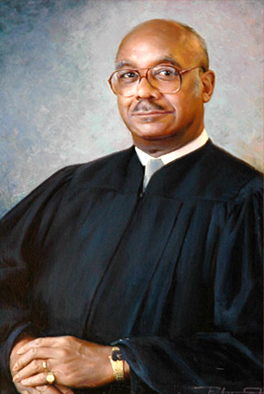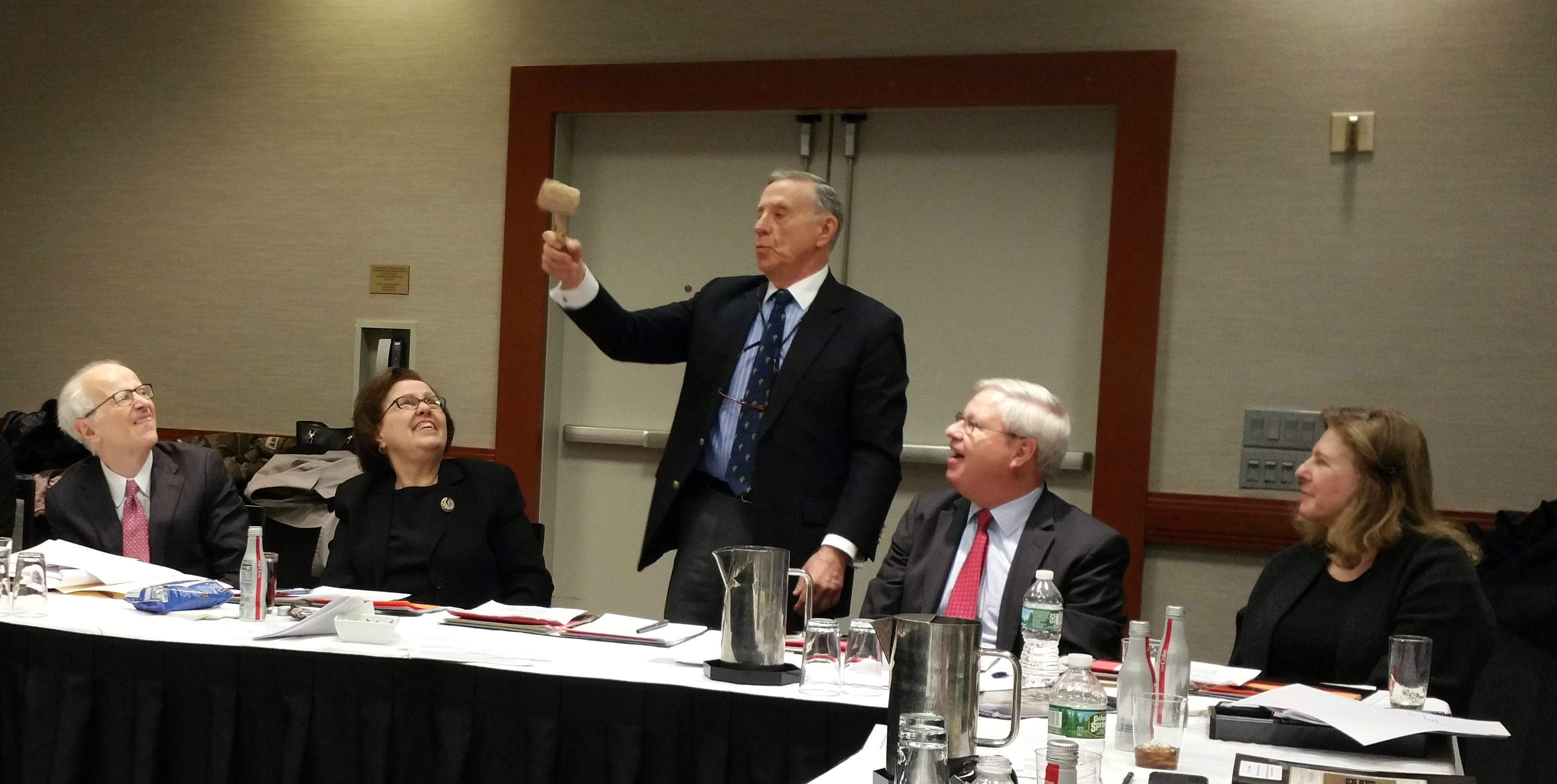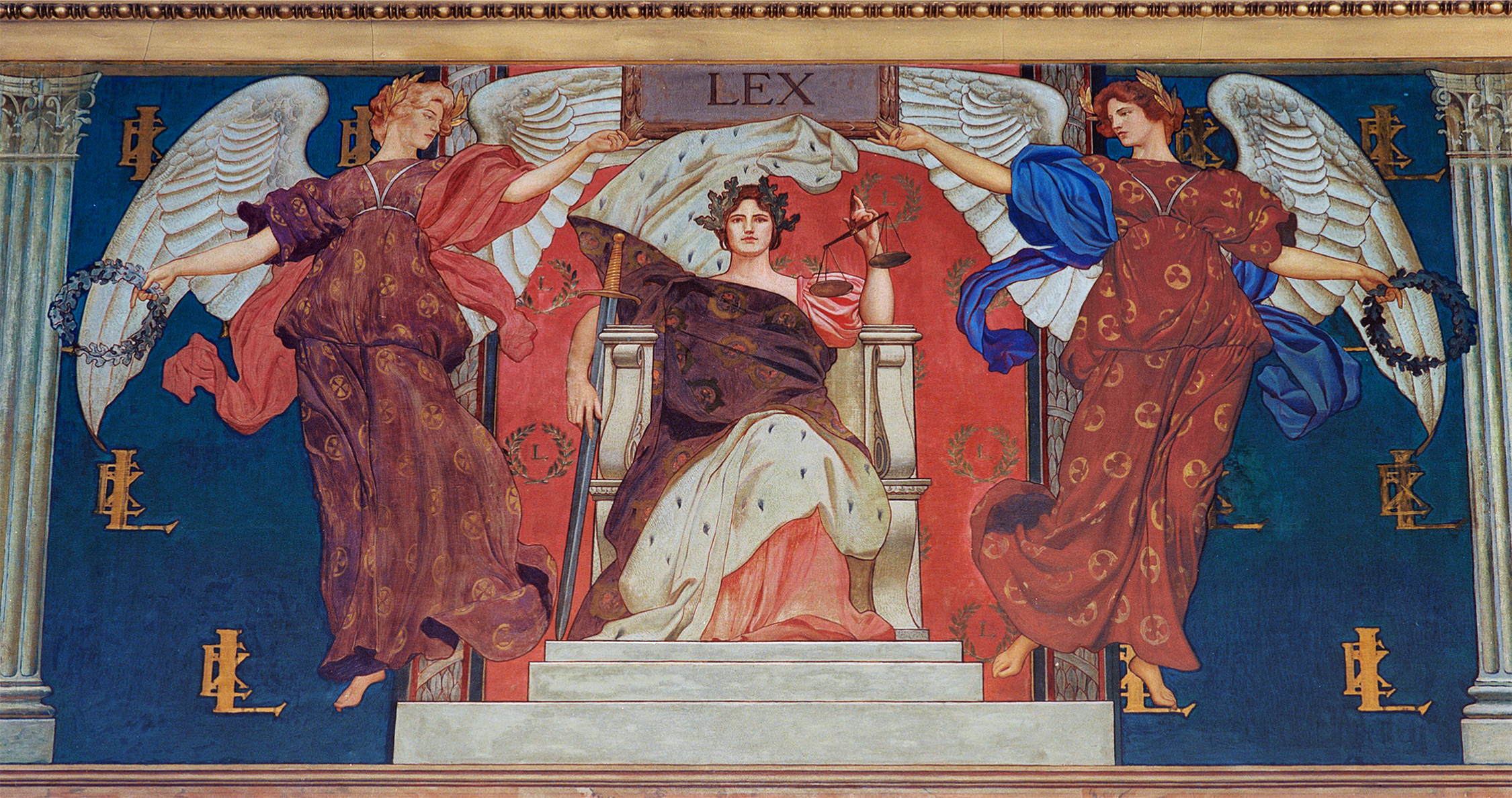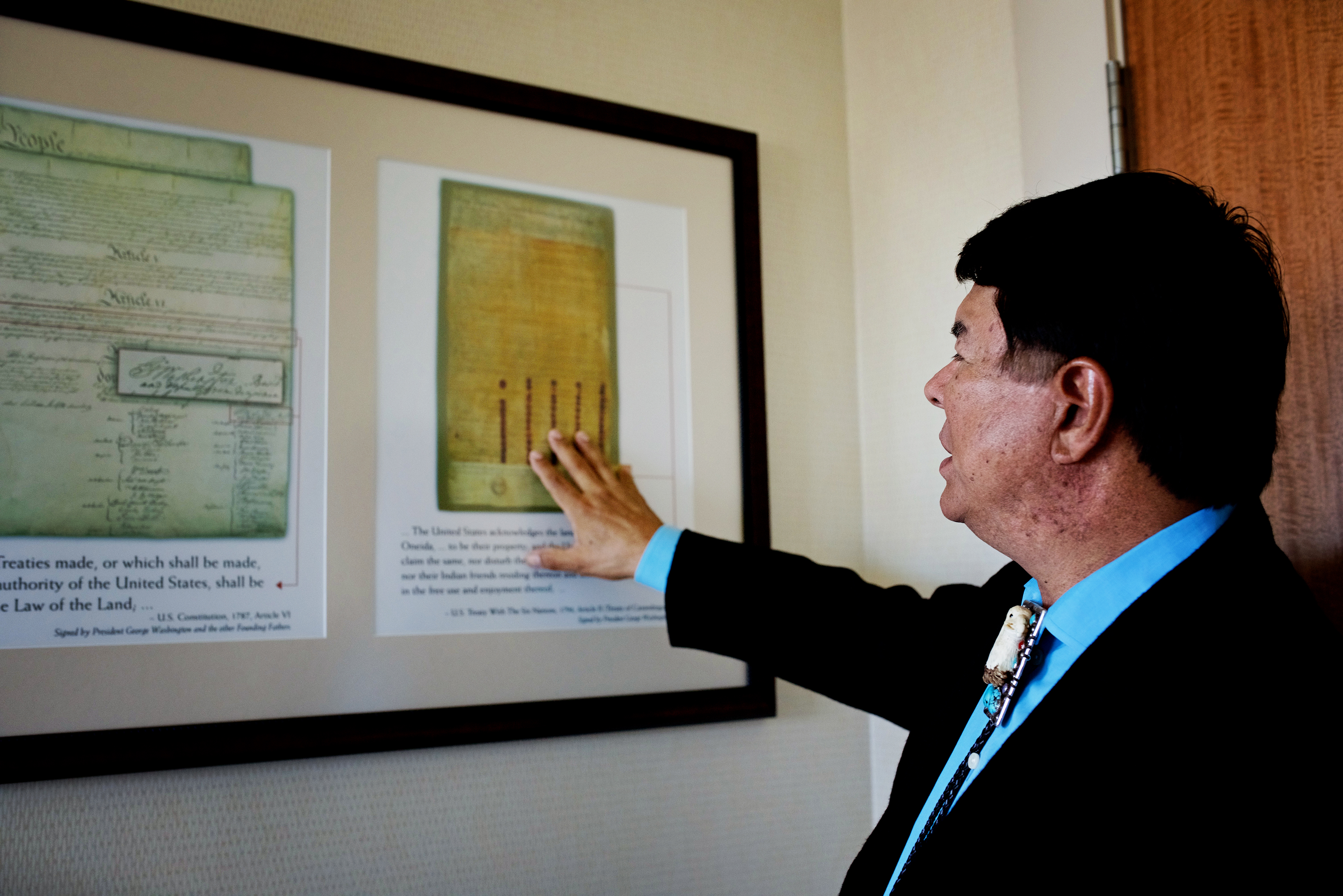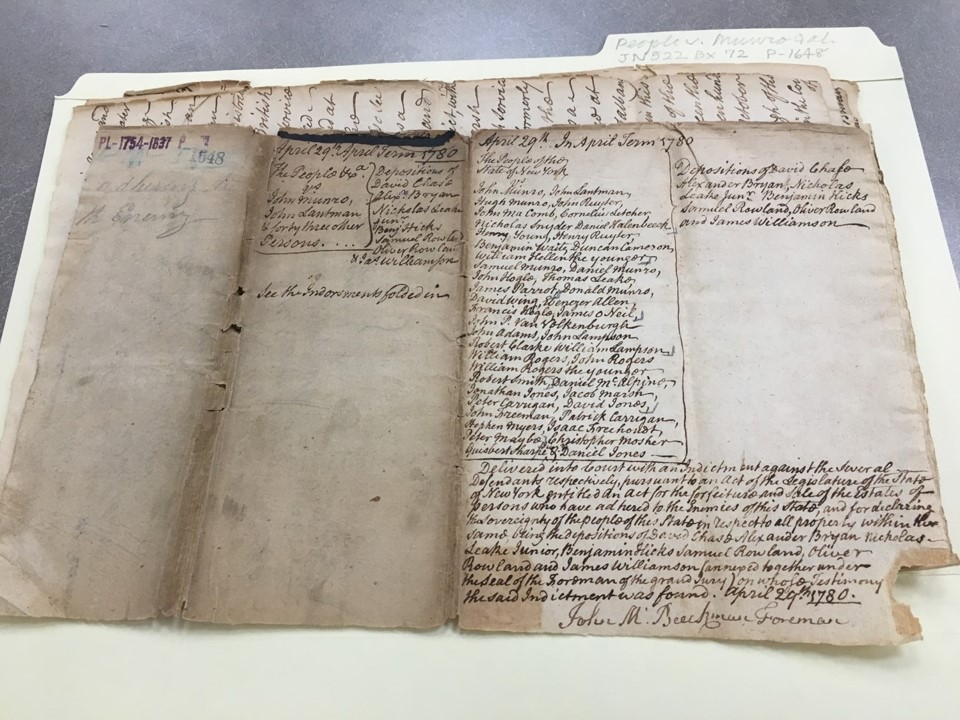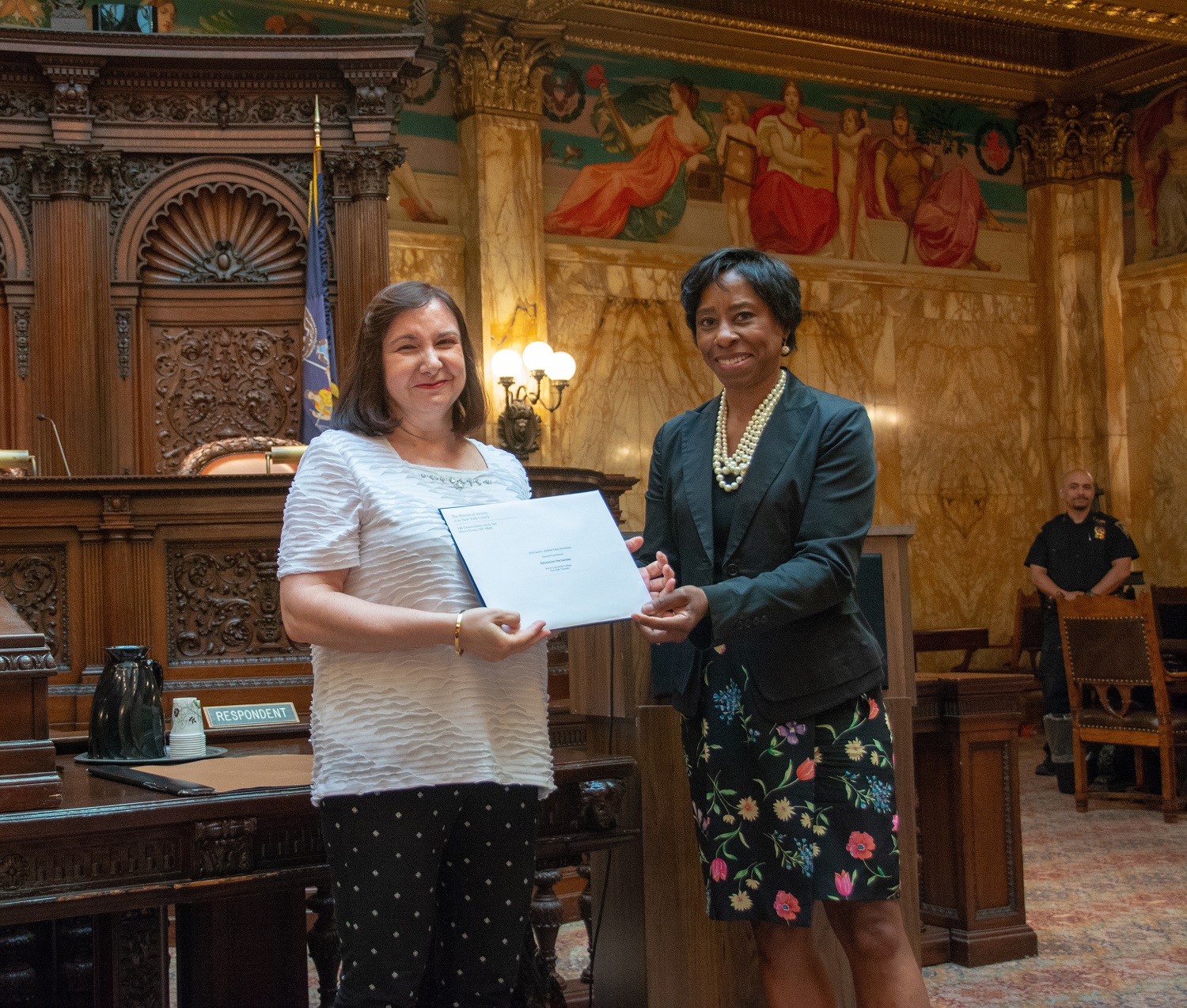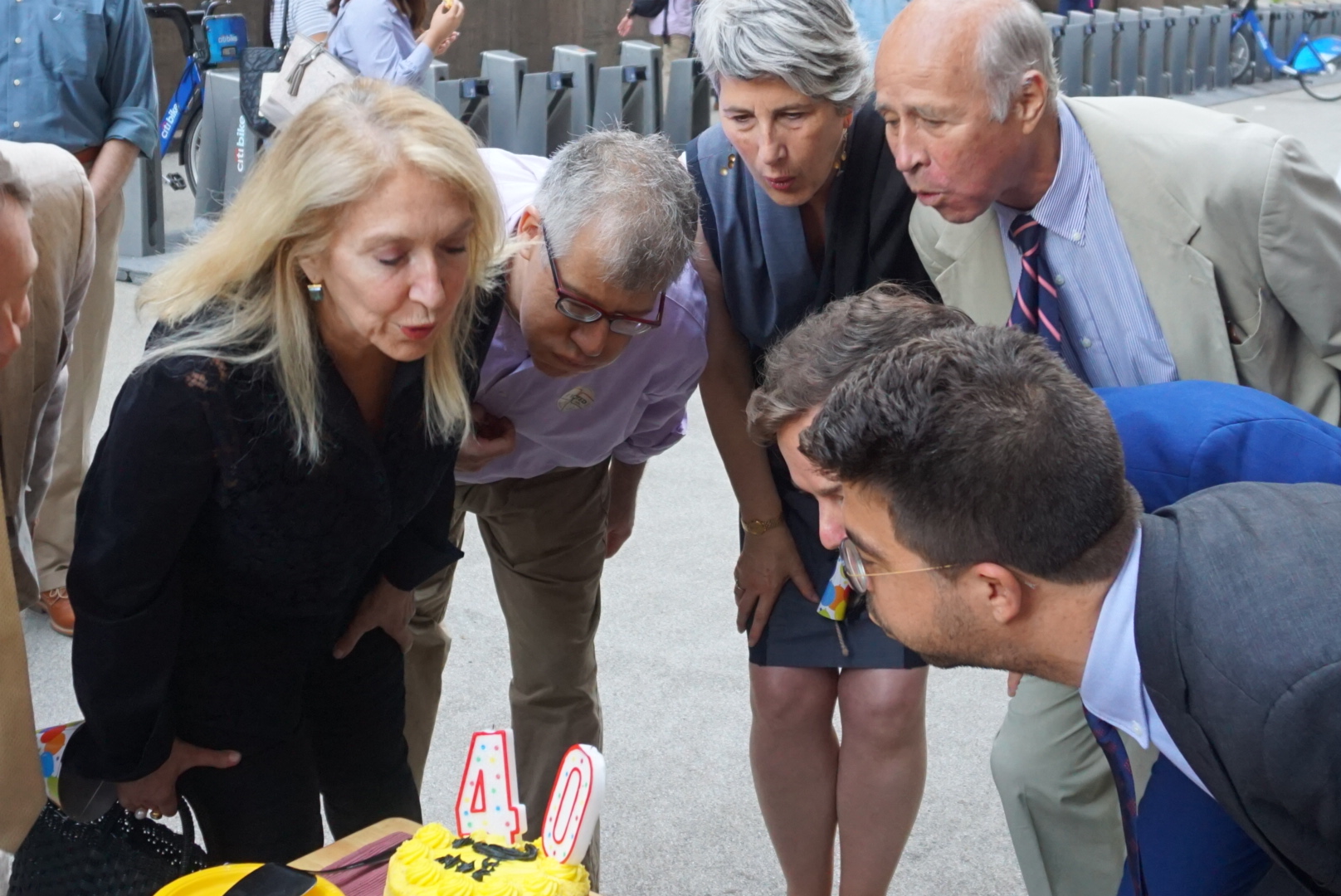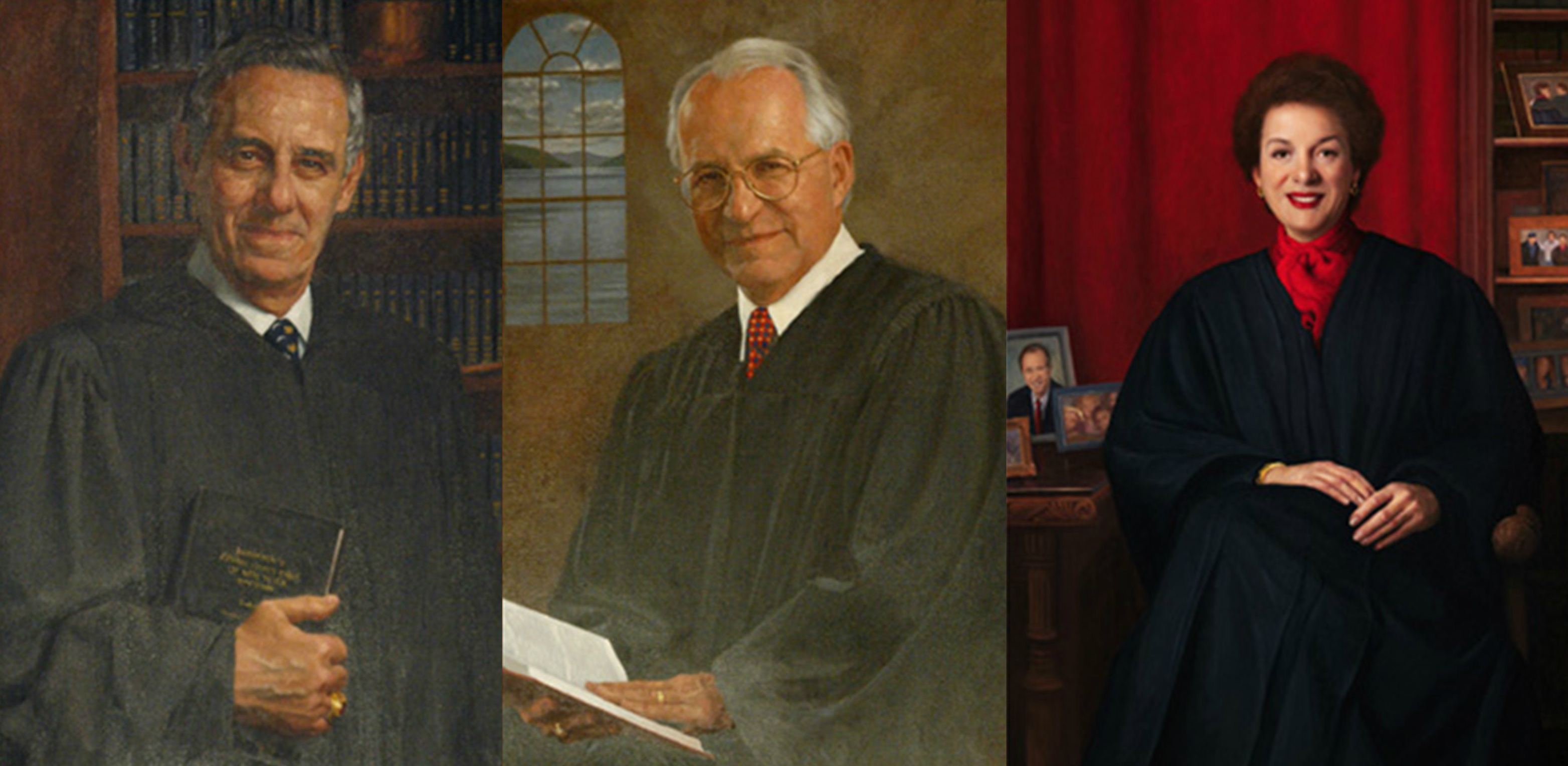Born Carl Bernard Zanders, Jr., in Apopka, Florida, on April 24, 1926, Fritz Winfred Alexander, II was later given the name of his mother’s brother, a Gary, Indiana, lawyer with whom he went to live after his mother became ill.[1] Upon surveying the Judge’s long and illustrious legal career, it becomes apparent that the elder Alexander gifted to his young nephew not only his euphonious name, but also imparted a drive for excellence, an inclination toward public service and social justice, and a passion for the rule of law.
Judge Alexander’s appointment to the Court of Appeals on January 2, 1985 by Governor Mario Cuomo marked a significant milestone in the Court’s history: he was the first Black American to be appointed to a full fourteen-year term on the Court.[2] Upon his nomination, the fourteen-member Committee on Judicial Selection of the New York State Bar Association judged him to possess “pre-eminent qualifications” and concluded that he was “well-qualified” for the position of Associate Judge of the Court of Appeals. Although the Judge was keenly aware of historical and social import of his appointment, he was adamant that his paramount allegiance on the Court was to the people of New York and to the rule of law. At his confirmation hearings before the Senate Judiciary Committee (which voted his nomination unanimously), he acknowledged the “symbolic significance” of his status as the first Black American to be elevated to a full term on the Court of Appeals,[3] and upon taking the bench insisted that he was appointed not because of his race, but because he was “a good judicial choice,” and that his paramount role was “to serve the people of this state as a judge of this court.”[4] On the occasion of his leaving the Court after only seven years into his term, and four years shy of the mandatory retirement age of 70, he remarked that he most wanted to be known “as a jurist who sought to discharge his responsibilities to the very best of his ability, to serve justice and the rule of law, and about whom it can be said ‘job well done.”[5]

